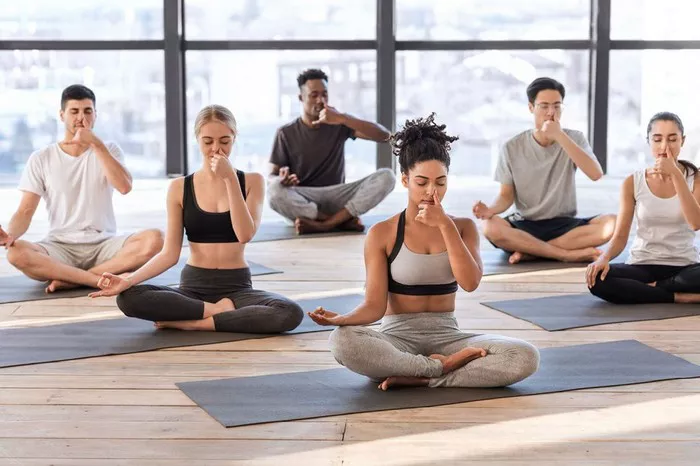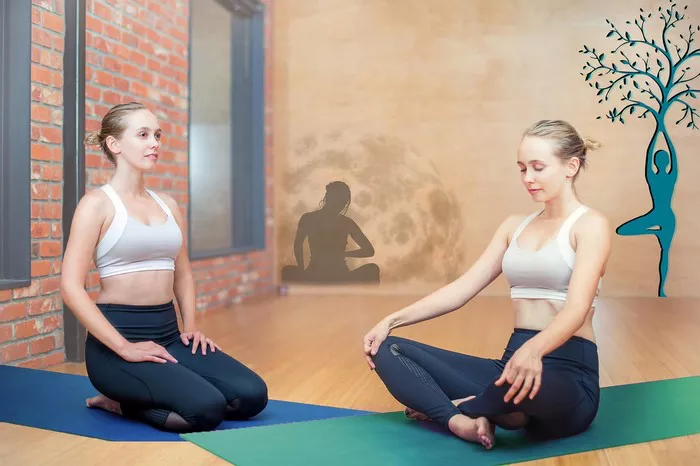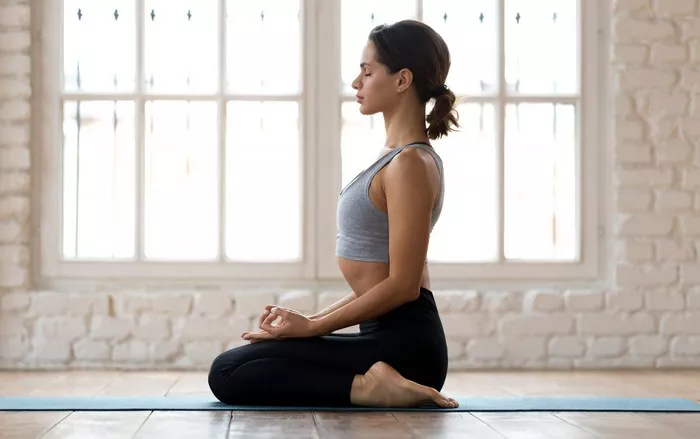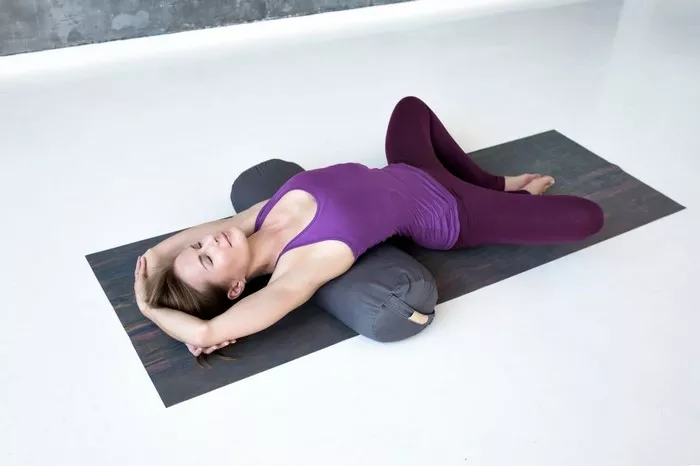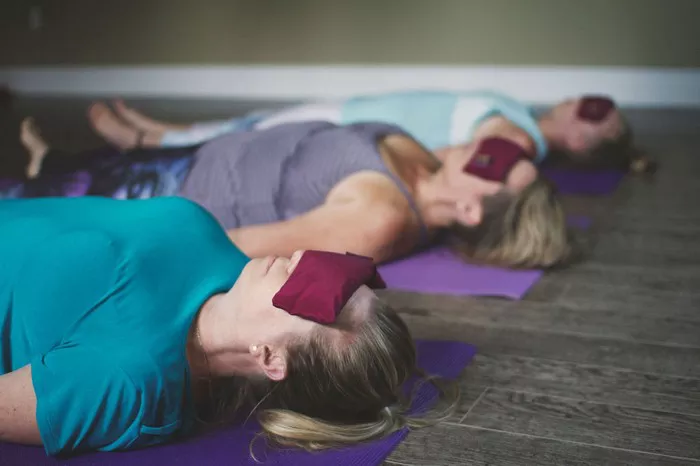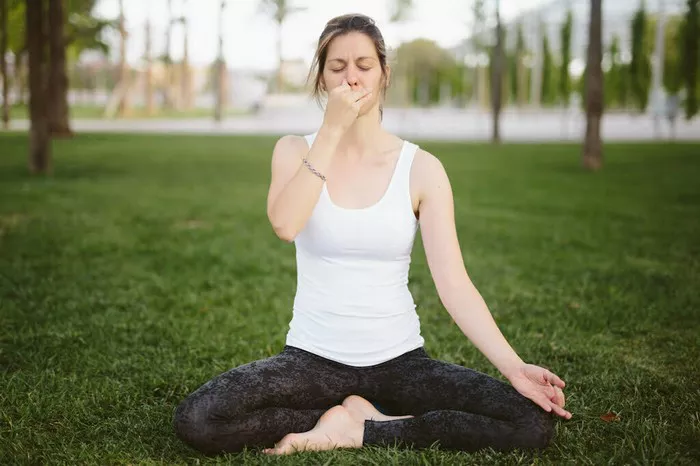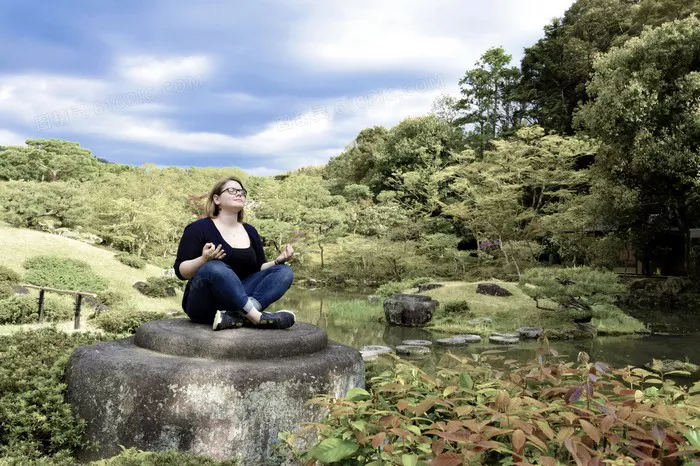Half Moon Pose, or Ardha Chandrasana in Sanskrit, is a standing yoga posture that challenges balance, strength, and flexibility simultaneously. While it appears graceful when executed properly, many practitioners, from beginners to even seasoned yogis, find it particularly difficult to master. This article will explore the reasons why Half Moon Pose is so challenging and provide tips to help improve your practice.
Understanding Half Moon Pose
Half Moon Pose is a standing balancing posture that involves extending one leg while keeping the standing leg grounded, opening the hips, and stretching the arms in opposite directions. The pose offers numerous benefits, such as improving balance, strengthening the legs and core, and enhancing overall body coordination.
To get into the pose:
- Start in Triangle Pose (Trikonasana) with your right foot forward.
- Bend your right knee slightly and shift your weight onto your right leg.
- Place your right hand a few inches in front of your right foot on the mat or on a block for support.
- Lift your left leg parallel to the floor while keeping your left hip stacked over the right hip.
- Extend your left arm toward the sky and gaze upward if your balance allows.
- Hold for several breaths before switching sides.
Why is Half Moon Pose So Hard?
1. Balance and Coordination Challenges
One of the primary reasons Half Moon Pose is difficult is that it requires significant balance and coordination. Unlike many standing postures where both feet remain on the ground, this pose demands that you support your entire body weight on one leg while extending in multiple directions. Even minor misalignment in your foundation can cause instability.
Tip: Start by using a wall for support or practice near a sturdy surface. This can help train your body to find stability without fear of falling.
2. Strength Demands
Half Moon Pose engages several muscle groups at once, including the quadriceps, hamstrings, glutes, and core. The standing leg must remain strong to provide stability, while the lifted leg must stay active to avoid drooping. Additionally, the core plays a crucial role in maintaining balance and keeping the torso lifted.
Tip: Strengthen your lower body and core with preparatory poses like Warrior III (Virabhadrasana III), Chair Pose (Utkatasana), and Plank Pose.
3. Hip Flexibility and Opening
Many people struggle with Half Moon Pose due to tight hips. To properly execute the pose, the hips must open while remaining stacked, which requires both flexibility and control. If your hip flexors or outer hips are tight, achieving this position may feel nearly impossible.
Tip: Incorporate hip-opening poses into your practice, such as Pigeon Pose (Eka Pada Rajakapotasana), Lizard Pose (Utthan Pristhasana), and Butterfly Pose (Baddha Konasana).
4. Ankle and Foot Stability
The standing foot and ankle must work hard to maintain equilibrium in Half Moon Pose. Weak or unstable ankles can make balancing even more difficult.
Tip: Practice standing on one foot in Mountain Pose (Tadasana) or Tree Pose (Vrksasana) to improve ankle stability before attempting Half Moon Pose.
5. Core Engagement
Your core acts as the control center for balance. If your abdominal muscles are weak, you may find yourself tipping over or feeling unstable in the pose.
Tip: Strengthen your core with poses like Boat Pose (Navasana), Plank Variations, and Side Plank (Vasisthasana) to build the necessary stability.
6. Focus and Mental Clarity
Yoga is as much a mental practice as it is physical. A wandering mind can disrupt your balance, making it harder to hold the pose.
Tip: Use a drishti (gazing point) to maintain concentration. Fixing your gaze on a non-moving point can help steady your balance.
7. Fear of Falling
Many practitioners struggle with Half Moon Pose simply because they fear falling. This hesitation can cause muscles to tense up, leading to instability.
Tip: Use props like a yoga block under your supporting hand or practice against a wall until you build more confidence.
How to Improve Your Half Moon Pose
Now that we understand why Half Moon Pose is so challenging, let’s look at some strategies to improve it.
1. Use Props Wisely
If reaching the floor is difficult, place your bottom hand on a yoga block. This modification allows you to focus on alignment and balance without straining.
2. Strengthen the Foundation
Practice poses that strengthen the legs, core, and ankles. Warrior II (Virabhadrasana II) and Extended Side Angle (Utthita Parsvakonasana) are excellent preparatory poses.
3. Improve Hip Mobility
Engage in regular stretching and mobility work to open your hips. Incorporating dynamic movements before practicing Half Moon Pose can also help.
4. Develop Body Awareness
Spend time in balancing poses like Tree Pose and Warrior III to develop better control and awareness of your body’s position in space.
5. Breathe and Relax
Holding your breath or tensing up can make balance more difficult. Focus on steady inhales and exhales to help calm your mind and stabilize your body.
6. Be Patient and Consistent
Progress in yoga takes time. Rather than forcing the pose, allow your body to gradually build the strength and flexibility needed to execute it with ease.
Final Thoughts
Half Moon Pose is a beautiful but demanding yoga posture that requires balance, strength, flexibility, and focus. Understanding the challenges behind the pose can help you approach it with more patience and awareness. By incorporating preparatory poses, using props, and practicing consistently, you can overcome the difficulties of Half Moon Pose and enjoy its many benefits.
Remember, yoga is a journey, not a destination. Keep practicing with an open mind, and soon, Half Moon Pose will become more accessible and enjoyable!
Related Topics:

